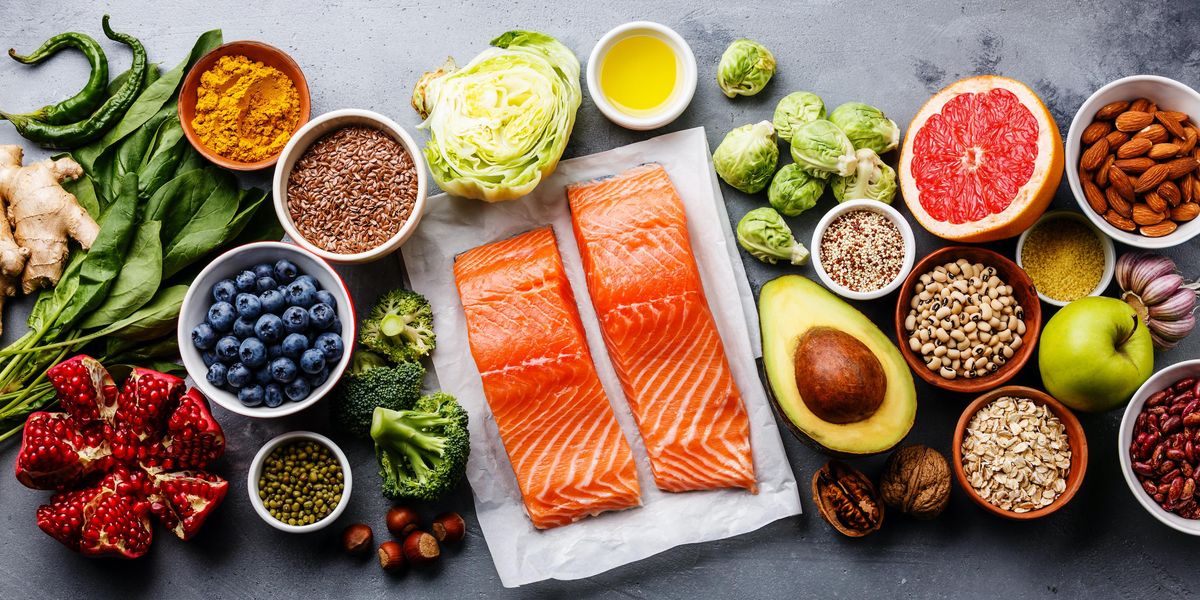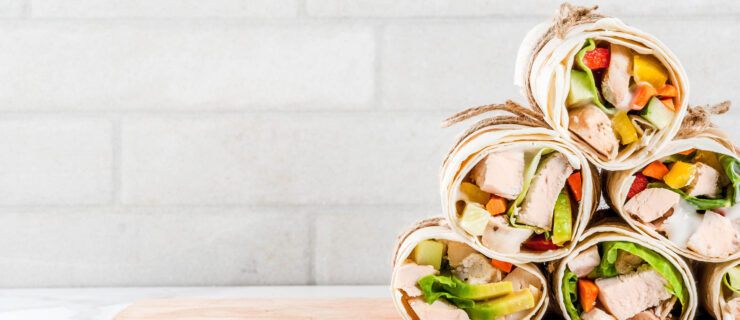How to Fight Inflammation with Food
Inflammation is always frustrating, no matter how or why it happens. And as a dancer, you’ll probably do just about anything to get back on your feet. But what if we told you that loading up on ibuprofen isn’t the only way to handle inflammation? A simple trip to the grocery store could do the trick.
Anti-inflammatory medicines are often needed, and effective, short-term. But incorporating anti-inflammatory foods into your routine can be a complementary and beneficial long-term approach. Dance Spirit spoke with Dr. Will Cole, IFMCP, DNM, DC and author of The Inflammation Spectrum; Rachel Fine, registered dietitian nutritionist and founder of To The Pointe Nutrition; and Athena Nikolakopulos, company member at City Ballet of San Diego, to find out how to reduce inflammation—naturally.
How does food relate to inflammation?
A twisted ankle from a stumble onstage, overworked muscles from an arduous rep, or a rundown immune system from a taxing show week all increase the chance of an inflammatory response. But Fine says that that initial inflammation is not necessarily bad. “It’s the body’s response in order to heal something,” she explains. It brings blood flow to the injured area or fever to kill off unwanted pathogens. But if left too high for too long, inflammation can become chronic, which is associated with larger health issues and prolonged pain.
“Every food you eat either feeds inflammation or fights it,” Cole says.
Food instructs the body how to react. Food that lowers inflammation sends signals through molecules to inflammatory pathways in the body that calm the inflammatory response. “Think of these foods like your body’s natural NSAIDs or over-the-counter medication,” Cole explains. “It’s a very similar mechanism, but you’re doing it through nutrition.”
Eating foods that fight inflammation will not make you impervious to injury or illness, but regularly incorporating these foods into your routine will affect how you are able to recover when injury occurs. “You can’t prevent injury entirely,” Cole clarifies. “The difference here is your resilience capacity: how you bounce back from an injury and your recovery time.”
“I definitely notice when I’m out of whack,” Nikolakopulos says. At age 14, Nikolakopulos suffered from an autoimmune disorder that paralyzed her extremities. Returning to dance against all odds, but having lost two years of training in the process, she put pressure on herself to catch up. “That’s when a lot of inflammatory injuries started kicking in,” Nikolakopulos admits. “And that’s when I started paying even more attention to what I was eating—how I could properly fuel my body and help my ballet career, even from outside the studio.”
Nikolakopulos says what used to take months to heal can now take a matter of weeks. “Food is absolutely medicine,” she says.
Fine’s go-to advice: “Have a food-first approach.”
Choose foods high in omega-3 and healthy fats
Omega-3 and other unsaturated, healthy fats facilitate the body’s production of proteins that regulate the body’s inflammatory response.
“Focus on healthy fats like wild-caught fish, avocados, extra-virgin olive oil, nuts, seeds, coconut cream and coconut milk,” Cole says.
Nikolakopulos starts every morning with a coating of coconut oil—her favorite anti-inflammatory food—on her toast. “It’s about consistency, creating these routines for long-term solutions,” Nikolakopulos says. “And I’ve noticed that fats from plant-based sources really help.”
When dealing with short-term injuries, Nikolakopulos ups her intake of healthy fats even more, largely focusing on coconut oil, olive oil and nut butters. “By increasing those foods, I hope to increase my overall caloric intake, too,” Nikolakopulos explains. “Healing takes energy, and energy takes fuel. If you’re malnourished, then healing will slow.”
Choose foods high in antioxidants and phytonutrients
Fruits, veggies and a variety of spices are full of other anti-inflammatory agents called antioxidants and phytonutrients. These, too, protect against certain processes in your body that support inflammation.
Fine encourages picking the brightest spices in your cabinet or produce in your fridge. “Think about a rainbow,” Fine says. “The natural colors in foods are the phytonutrients and the antioxidants.”
“Turmeric, specifically the compound in turmeric called curcumin, is great at lowering inflammation levels,” Cole says in regard to this antioxidant-rich spice. He recommends pterostilbene, an antioxidant found in blueberries, and resveratrol, an antioxidant found in grapes, as well.




